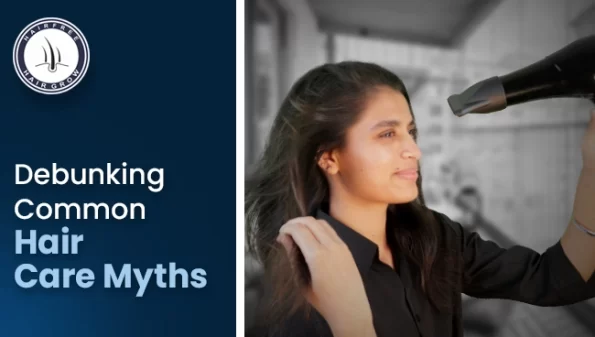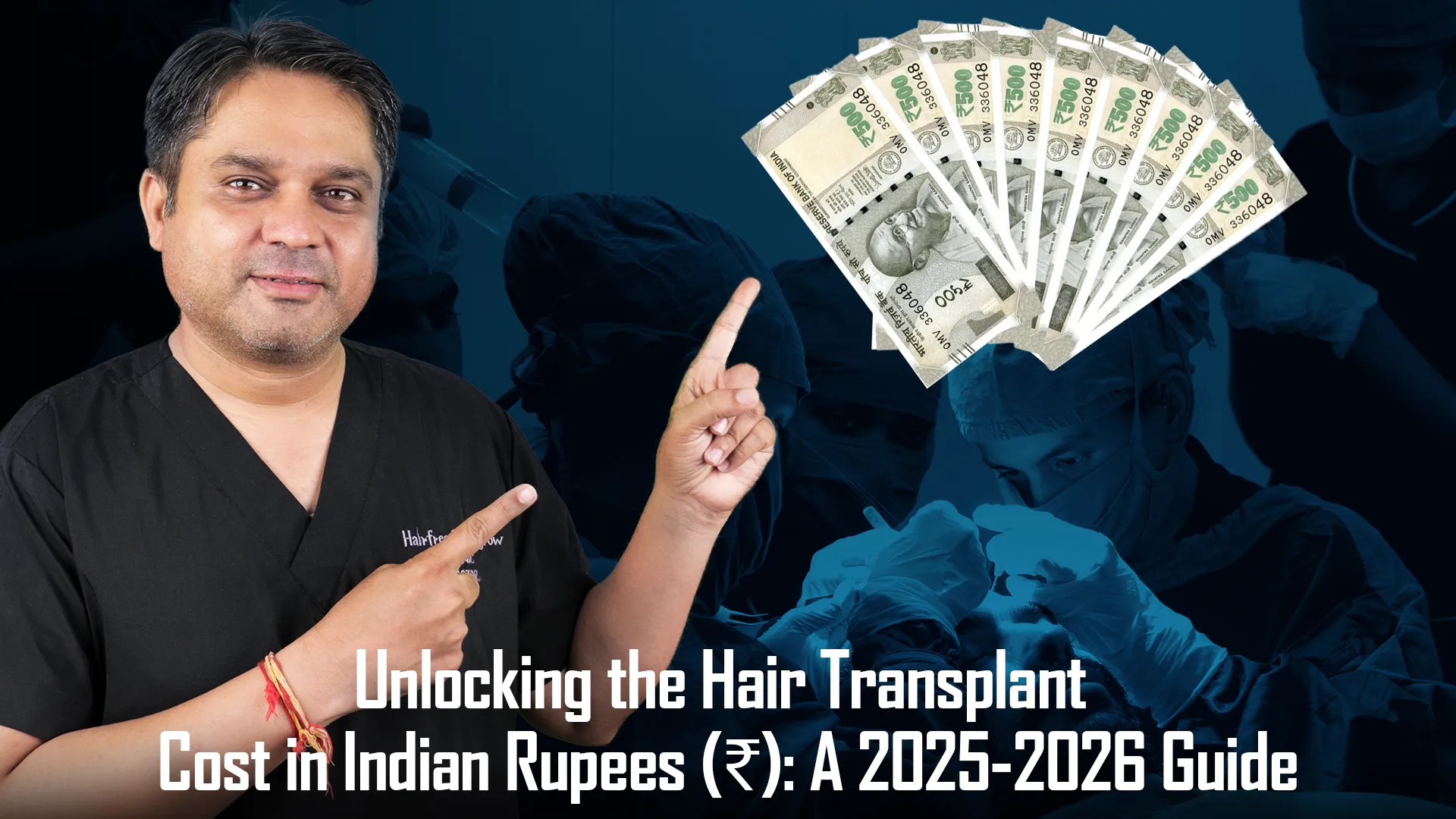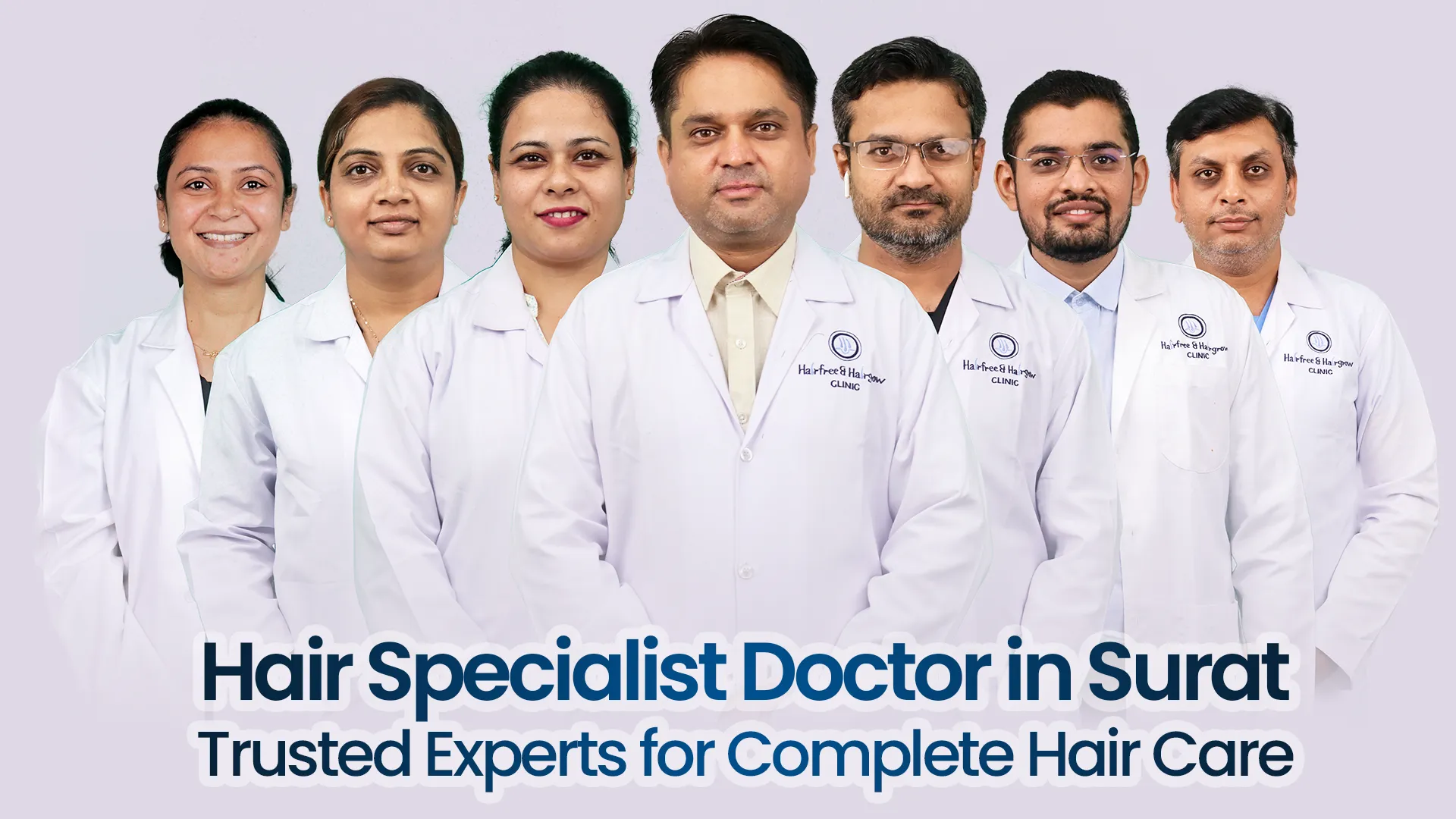It’s time to set the record straight and debunk some of the most prevalent hair care myths that have been circulating for years. Let’s separate fact from fiction and equip you with the knowledge you need for optimal hair care.

As we strive to achieve luscious locks, we often come across various hair care myths that can either help us or hinder our efforts. It’s time to debunk these misconceptions and shed light on the truth behind them. By separating fact from fiction, we can enhance our hair care routine and ensure the health and vitality of our beloved tresses. In this comprehensive guide, we will explore some of the most common hair care myths and provide you with expert insights and tips to improve your hair care regimen.
Myth 1: Frequent Trimming Makes Your Hair Grow Faster
One popular myth suggests that getting frequent trims stimulates hair growth. However, the truth is that trimming your hair does not affect its growth rate. Hair growth happens at the scalp, and cutting the ends doesn’t alter this process. Trimming does, however, help maintain the health and appearance of your hair by preventing split ends and breakage. Regular trims are recommended every 6-8 weeks to keep your hair in optimal condition.
Myth 2: Washing Your Hair Every Day is Essential
Many believe that washing your hair daily is necessary for cleanliness and optimal hair health. Contrary to this belief, frequent washing can actually strip the hair of its natural oils, leading to dryness and damage. How often you should wash your hair depends on your hair type and lifestyle. For most people, washing two to three times a week is sufficient. If you have oily hair or engage in activities that make your hair sweaty or dirty, you may need to wash it more frequently. However, using a gentle shampoo and conditioner and avoiding hot water can help maintain your hair’s natural moisture balance.
Myth 3: Brushing Your Hair 100 Times a Day Promotes Shine
While the act of brushing can help distribute the natural oils from your scalp throughout your hair, brushing excessively can cause more harm than good. Overbrushing can lead to hair breakage and damage, especially if you’re using the wrong type of brush or comb. Instead of obsessively counting brush strokes, focus on using a wide-toothed comb or a brush with soft bristles. Gently detangle your hair from the ends, working your way up to the roots. This will help minimize breakage and promote healthy, shiny hair.
Myth 4: Cold Water Rinses Make Your Hair Shinier
Some claim that rinsing your hair with cold water after washing can make it shinier. While cold water does help seal the hair cuticles, providing a smoother surface that reflects light, the effect is temporary. It’s not necessary to endure a cold shower every time you wash your hair. Instead, you can achieve a similar effect by using a cool water rinse or finishing off with a blast of cool air from your hairdryer.
Myth 5: Split Ends Can be Repaired
Once split ends occur, there is no magical cure to repair them. The only effective solution is to trim the damaged ends. Hair products that claim to “heal” split ends can only temporarily mask the problem, but they won’t reverse the damage. Regular trims and maintaining a healthy hair care routine can help prevent split ends from occurring in the first place.
Myth 6: Wearing Hats Leads to Hair Loss
Contrary to popular belief, wearing hats does not directly cause hair loss. Hair loss is primarily influenced by genetics, hormonal factors, and certain medical conditions. While wearing tight hats or caps for prolonged periods might lead to temporary hair indentation or breakage, it does not result in permanent hair loss. To avoid any potential damage, choose hats that fit comfortably and allow your scalp to breathe.
Myth 7: Using More Shampoo Equals Cleaner Hair
The amount of shampoo you use does not determine how clean your hair will be. In fact, using excessive amounts of shampoo can strip away the natural oils, leaving your hair dry and prone to damage. A coin-sized amount of shampoo is generally sufficient for most hair lengths. Focus on massaging the scalp to cleanse it effectively, and let the lather rinse down the length of your hair as you wash it out.
Myth 8: Heat Protectants make styling tools safe
Heat protectant sprays and serums are often marketed as saviors for your hair when using hot styling tools. While they do provide some level of protection, they cannot completely shield your hair from damage caused by high heat. It’s crucial to use heat styling tools sparingly and at lower temperatures whenever possible. Additionally, allow your hair to air dry partially before using any heat styling tools to minimize the exposure to heat.
Myth 9: Natural Hair Doesn't Need Conditioner
All hair types, including natural hair, can benefit from conditioning. Conditioner helps replenish moisture, detangle hair, and enhance manageability. Natural hair, in particular, tends to be more prone to dryness and requires extra moisture. Look for conditioners specifically formulated for your hair type and apply them from mid-length to the ends, avoiding the scalp to prevent excess oiliness.
By debunking these common hair care myths, we can make informed decisions and adopt healthier practices when it comes to caring for our hair. Remember, each individual’s hair is unique, so it’s essential to understand your hair type and listen to its specific needs. With proper care, nourishment, and a touch of myth-busting wisdom, you can achieve the beautiful, healthy hair you desire.
Conclusion
In conclusion, debunking common hair care myths is crucial for understanding the truth behind various misconceptions. Cutting your hair does not make it grow faster, but regular trims are essential for maintaining healthy hair. The frequency of shampooing should be tailored to your hair type and lifestyle, and using conditioner correctly enhances the texture and manageability of your hair.
Hot water can strip your hair of its natural oils, so it’s best to wash your hair with lukewarm or cool water. Brushing wet hair requires gentle technique and the right tools to minimize breakage. While heat-protectant products offer some level of protection, it’s best to minimize heat styling to avoid damage.
Written By
MBBS, DDV
Dr. Nipun Kesarkar is a seasoned trichologist specializing in understanding and debunking common hair care myths. With evidence-based insights, he separates fact from fiction, helping his patients navigate a maze of misinformation. Whether it’s brushing techniques, shampoo frequency, or natural oils, Dr. Kesarkar ensures her clients make informed choices for healthier, more vibrant hair.
Disclaimer
We’ve made all possible efforts to ensure that the information provided here is accurate, up-to-date and complete, however, it should not be treated as a substitute for professional medical advice, diagnosis or treatment. See Detailed Disclaimers Here.





